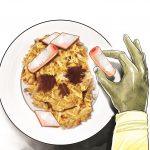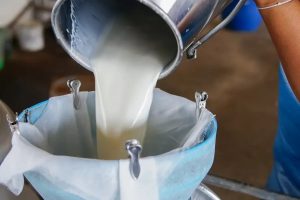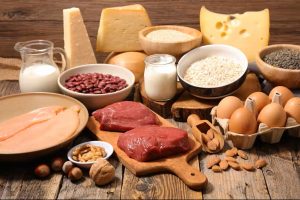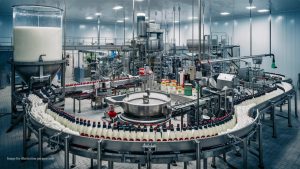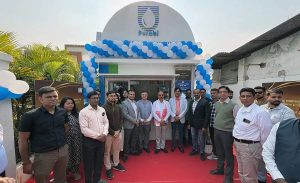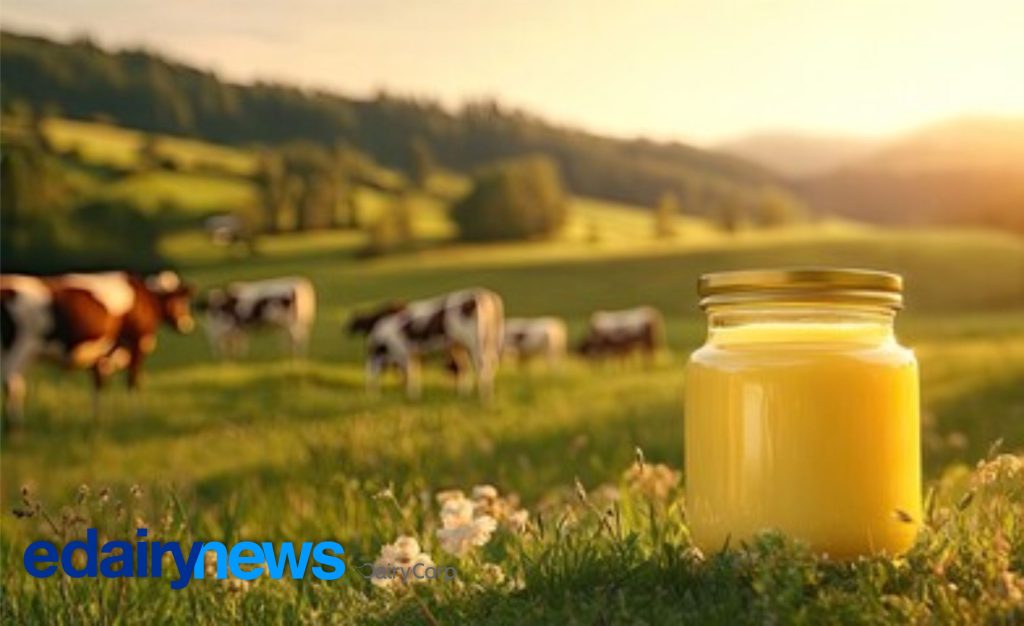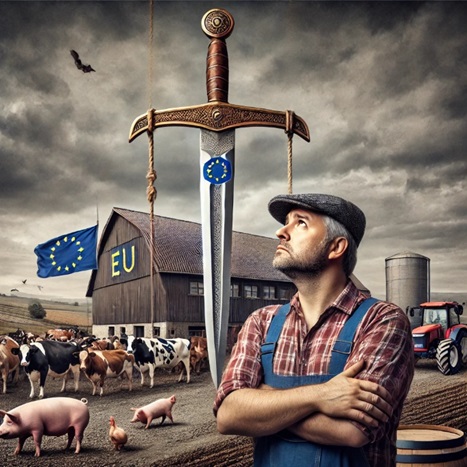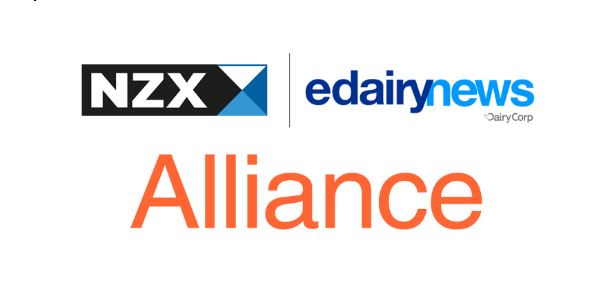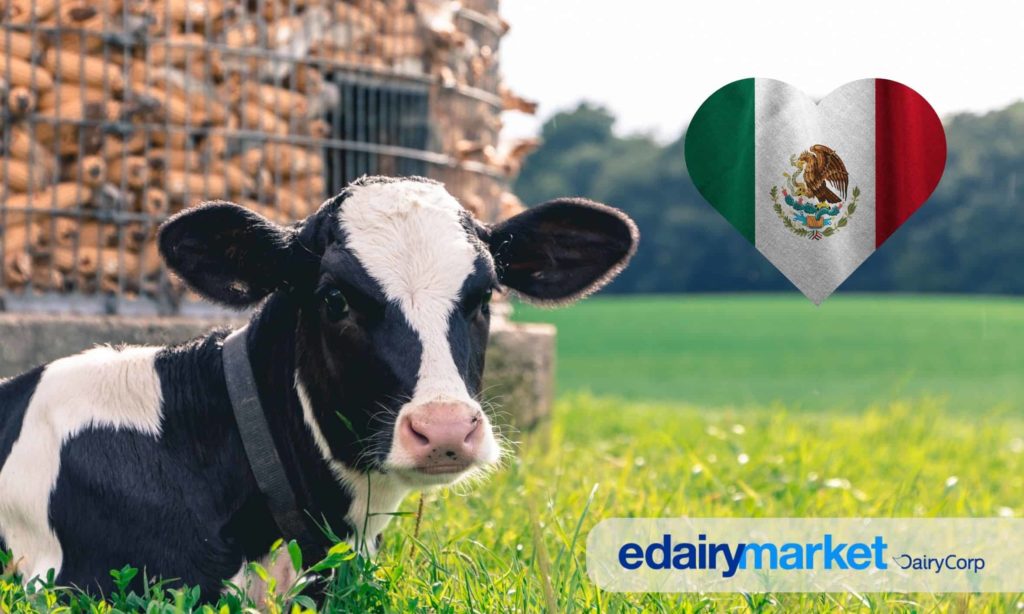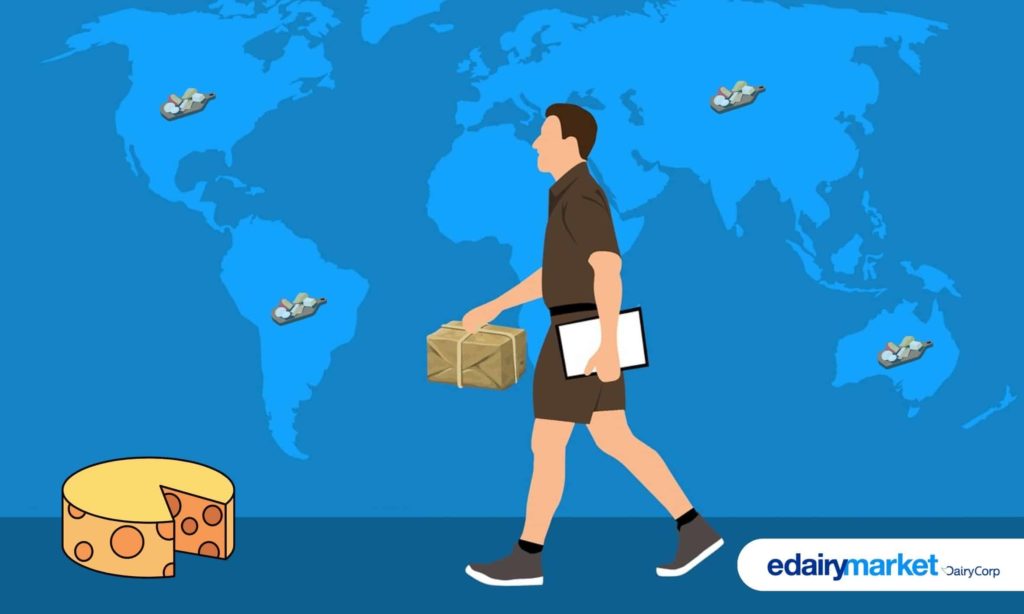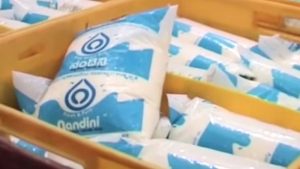
Despite high food inflation, poultry meat and vegetable farmers do not get a decent share of consumers’ spending.
High food prices usually trigger government attention and action to unleash inflation control measures. This protects the consumers. But, as it is widely believed, high prices should also lead to more earning transfer to producers—the farmers.
A consumer tends to believe that as they spend more on food items like eggs, poultry meat and vegetables, the producers get a higher income. In a study published in Nature in 2023, researchers from the International Food Policy Research Institute (IFPRI), Colombo, Sri Lanka found a correlation: “year-on-year increases in the real price of food predict reductions in the US $3.20-per-day poverty headcount, except in more urban or non-agrarian countries.”
The researchers studied the correlation of poverty rates, real changes in food prices and food production growth of 33 middle-income countries during 2000-19—a period that witnessed two major global food price spikes, in 2007-08 and 2010-11. Their primary research quest was whether a rise in food prices led to an increase in the income of farmers and others engaged with food production. Would this correlation apply to Indian farmers, particularly at a time when the food price inflation is much higher?
In October, the Reserve Bank of India (RBI) released three working papers on inflation: in livestock and poultry, in vegetables and in pulses. Besides delving deep into why high inflation is reported in these three categories, the working papers estimate how much of the consumer’s spending on food items goes to the producers or farmers. This is a proxy to estimate whether a high food price will mean a high income for the farmers.
In the livestock segment (the working paper examined dairy, egg and poultry meat), the estimate is that 70 per cent and 75 per cent of what a consumer pays goes back to the dairy and egg farmers, respectively. In the case of poultry meat, the estimate is 56 per cent. In the tomato-onion-potato segment of vegetables, farmers get 33 per cent, 36 per cent and
37 per cent, respectively, of the consumers’ buying price. And in the pulses segment, 75 per cent of the consumer’s buying price for gram goes back to farmers, 70 per cent of the price of moong and 65 per cent of the buying price of tur. So, in two significant segments, poultry meat and vegetables, farmers are not getting a decent share of the consumers’ spending.
Most of the time, what they get does not even cover their production costs. But these two segments have witnessed significant demand from consumers, and thus farmers have shifted to poultry and vegetable farming. These segments are also reporting high rises in price in recent times. To put it another way, in a trade where the farmers get less than the market price to begin with, any price rise will not result in an income increase. One of the RBI working papers quotes a few recent observations, “In the flush season, farmers are often seen discarding their crops or resorting to distress sale when prices drop way below their production costs. On the other hand, in the lean season, consumers face higher price pressures. This boom-and-bust cycle of top (tomato-onion-potato) is due to the inefficient marketing system and lack of well-integrated value chains with a widening gap between what farmers receive and what consumers pay.”
You can now read the most important #news on #eDairyNews #Whatsapp channels!!!
🇮🇳 eDairy News ÍNDIA: https://whatsapp.com/channel/0029VaPidCcGpLHImBQk6x1F

